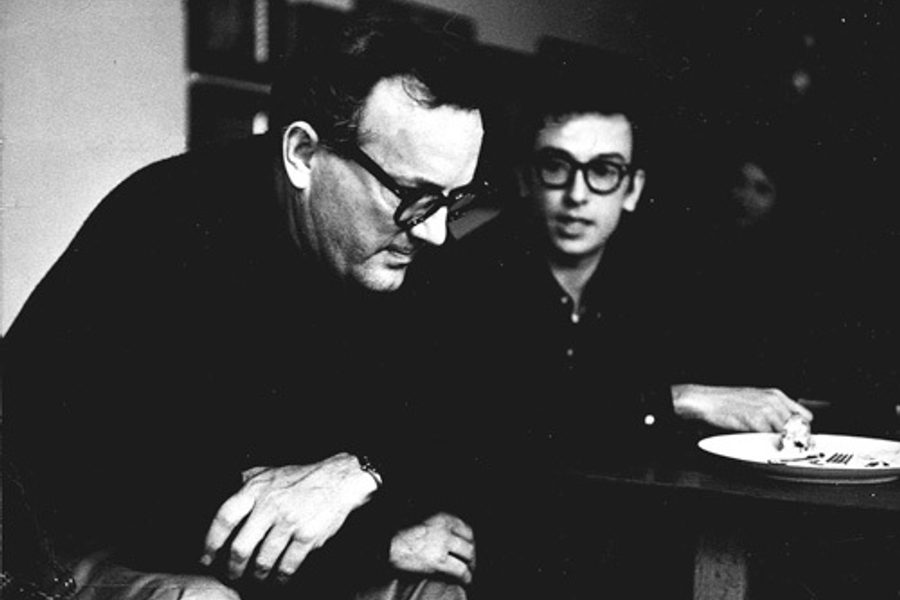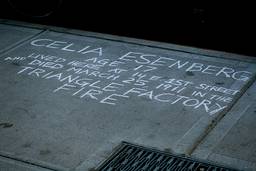
In the late 19th and early 20th centuries, there was a fierce debate in labor and left circles about the role of intellectuals in the labor movement.
Samuel Gompers and others such as economist John R. Commons and his followers believed intellectuals had no place in labor. For Commons, because intellectuals were not rooted within the factory system, they were freer to become more radical and thus more dangerous than workers. Many within the socialist camp thoroughly disagreed.
This historical debate is interesting to revisit now, and it’s important because it recognized two distinct types of intellectuals: those inside labor unions and those outside. In the 20th century, up until the 1950s at least, there existed in the United States a group of union intellectuals (real public intellectuals) who grew up in and around the labor movement, yet their reach extended far beyond it. They advised leaders, ran education and legislative departments, edited union newspapers and connected the unions to a network of groups.
But where are our current labor intellectuals?
I’ve been thinking about this because I’m currently researching a group of 1950s labor intellectuals. Then it dawned on me, labor intellectuals exist, but are hidden in our culture. The group blogging here at Working In These Times is such a group.
And there are organic intellectuals who don’t have the visibility their predecessors might have had. In the 1940s, a group founded the journal Labor and Nation, which was an attempt to move labor into a more radical stance in its drift towards complacency. Included in this effort were folks like Robert Lynd, C. Wright Mills and J.B.S. Hardman, among others. Their readers were intellectuals in and outside of unions and academics.
But their main hope was to enlighten labor leaders. Working In These Times has brought together such a group through a modern form, a blog. We have journalist, academics and activists, many who have had extensive relationships within the labor movement.
What we need is for you, the reader, to help us go viral. Rather than just commenting on posts (which is important and welcome), why not forward the posts to labor leaders, labor newspapers and mainstream newspapers? Why not help us collectively get these issues heard? In the age of viral media, our posts can (and often do) wind up anywhere — but for that to happen they often need your help and support.
Why not introduce us to intellectuals within the labor movement so we can join with them in their efforts to analyze and strengthen it? Collectively, we need to work on this. Please join our effort to help labor regain some of its stature.








